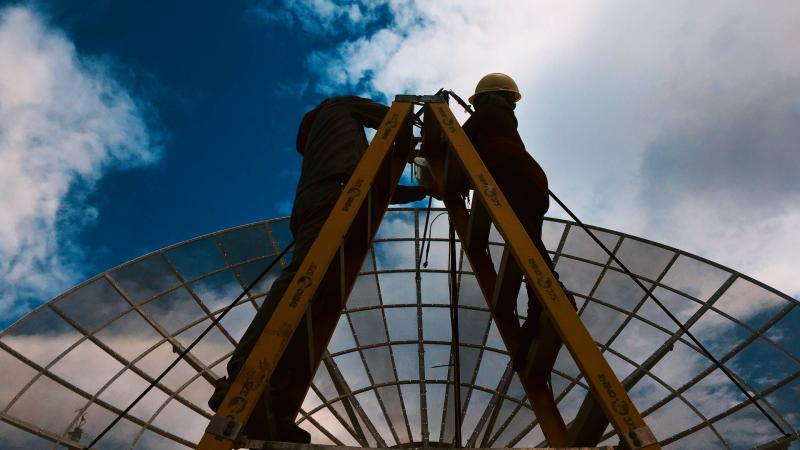
Undergraduate students installing a radio receiver on a telescope at the Green Bank Observatory.
Explore opportunities to participate in cutting-edge astrophysics research with an international network of scientists.

Undergraduate students installing a radio receiver on a telescope at the Green Bank Observatory.
Overview of our latest NANOGrav gravitational-wave search results, stemming from a dataset to which several undergraduate students have contributed.